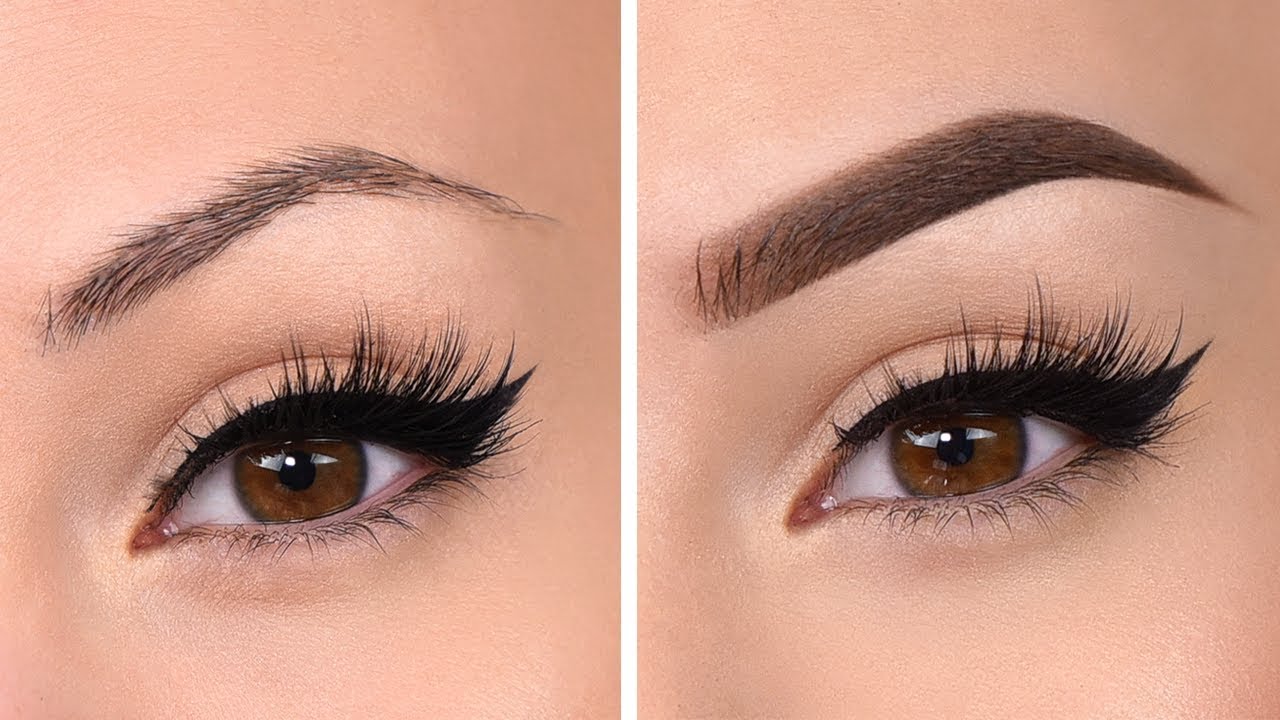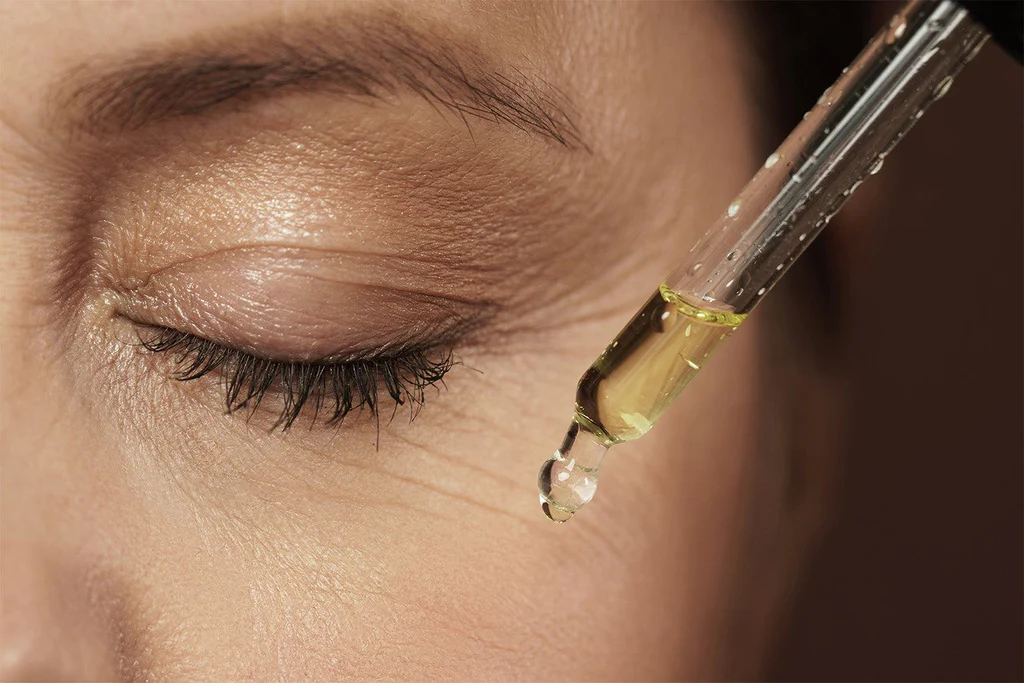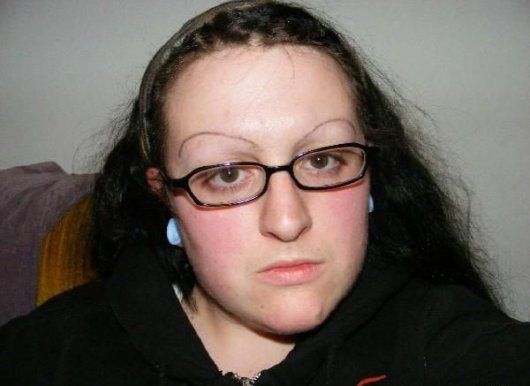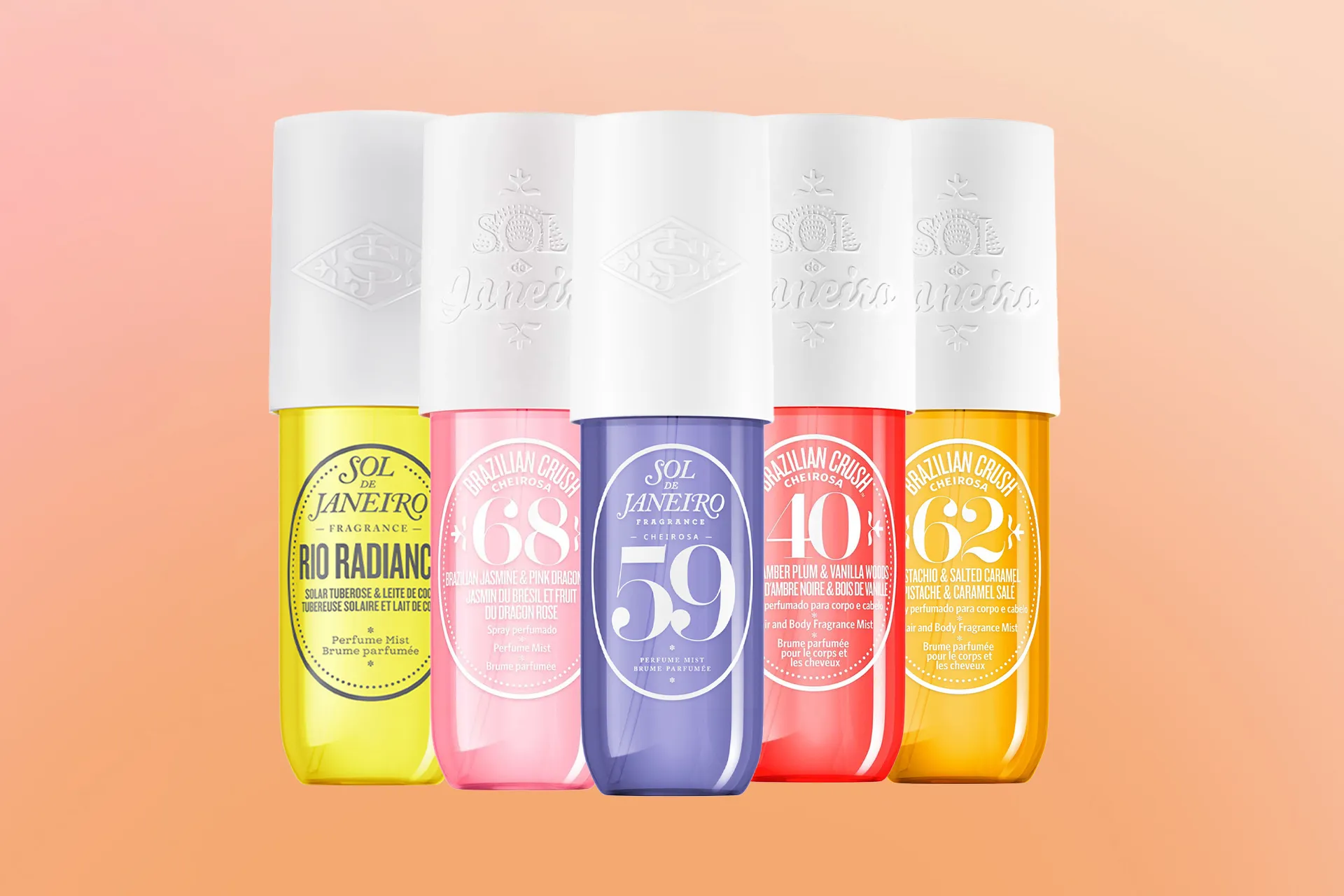Makeup is a common beauty product that many people use to enhance their appearance, express their personality, or simply have fun. But have you ever wondered what is makeup made from? Is it possible that some of the ingredients in your favorite cosmetics are derived from animals?
The answer is yes, some makeup products do contain animal-derived ingredients, either as by-products of other industries or as intentional additives for their functional or aesthetic properties. However, not all makeup products are the same, and there are also many alternatives that are plant-based, synthetic, or mineral-based.
In this blog post, we will explore some of the most common animal ingredients in makeup, why they are used, and how you can avoid them if you prefer vegan or cruelty-free options. We will also answer some frequently asked questions about animal ingredients in makeup and provide some tips on how to find vegan-friendly makeup brands and products.
What are some common animal ingredients in makeup?
According to various sources, some of the most common animal ingredients in makeup are:
- Tallow: This is a type of fat that is rendered from the flesh of cows, sheep, or pigs. It is used as an emollient, emulsifier, and film-forming agent in products such as lotions, creams, foundations, lipsticks, soaps, and shampoos. It may also be listed as fatty acids, such as stearic acid, oleic acid, lauric acid, palmitic acid, or myristic acid.
- Glycerin: This is a by-product of the soap-making process, which often involves animal fat. It is used as a moisturizer, humectant, and solvent in products such as toothpaste, mouthwash, deodorant, hair care, and makeup. It may also be listed as glycerine, glycerol, or glyceryl. Vegetable glycerin is a plant-based alternative that is widely used in the food and cosmetic industries.
- Lanolin: This is a waxy substance that is secreted by sheep to keep their wool dry and waterproof. It is used as an emollient, smoothing agent, and gloss enhancer in products such as lip balms, lipsticks, lip glosses, and moisturizers. It may also be listed as wool wax, wool grease, or wool fat.
- Animal hair: This is the hair or fur of various animals, such as sable, fox, squirrel, goat, or mink, that is used to make makeup brushes, eyelash extensions, or false eyelashes. Animal hair is valued for its softness, flexibility, and natural look, but it may also cause allergic reactions, irritation, or infection. Synthetic fibers, such as nylon, polyester, or taklon, are animal-free alternatives that are often cheaper, more durable, and easier to clean.
- Guanine: This is a crystalline substance that is derived from the scales of fish, such as herring, or from the excreta of birds, such as guano. It is used as a colorant, shimmer, or glitter in products such as nail polish, eyeshadow, blush, bronzer, and highlighter. It may also be listed as pearl essence, CI 75170, or natural pearl essence.
- Squalene: This is an oil that is extracted from the liver of sharks, or sometimes from other animals, such as whales, seals, or cows. It is used as an emollient, moisturizer, and antioxidant in products such as creams, serums, foundations, and lipsticks. It may also be listed as squalane, which is a hydrogenated form of squalene that is more stable and less prone to oxidation. Squalene can also be derived from plant sources, such as olives, wheat germ, rice bran, or sugarcane.
- Cochineal: This is a red dye that is made from the crushed bodies of female cochineal insects, which feed on cactus plants. It is used as a colorant in products such as lipstick, blush, eyeshadow, and nail polish. It may also be listed as carmine, crimson lake, natural red 4, CI 75470, or E120.
- Collagen: This is a protein that is found in the connective tissues of animals, such as skin, bones, cartilage, or tendons. It is used as a skin and hair conditioner, plumper, and filler in products such as creams, masks, serums, lip balms, and lipsticks. It may also be listed as hydrolyzed collagen, marine collagen, or atelocollagen. Collagen can also be derived from plant sources, such as soy, wheat, or algae.
Why are animal ingredients used in makeup?
Animal ingredients are used in makeup for various reasons, depending on the type and function of the product. Some of the possible reasons are:
- They are cheap and readily available, as they are often by-products of other industries, such as meat, dairy, or fishing.
- They have desirable properties, such as moisturizing, smoothing, coloring, or shimmering, that are difficult to replicate with other ingredients.
- They have a long history of use and tradition, and are considered safe and effective by some consumers and manufacturers.
- They are not regulated or labeled clearly, and are often hidden under vague or misleading names, making it hard for consumers to identify and avoid them.
How can I avoid animal ingredients in makeup?
If you want to avoid animal ingredients in makeup, there are some steps you can take, such as:
- Reading the ingredient list carefully and looking for the common animal ingredients mentioned above, or other animal-derived ingredients, such as keratin, elastin, gelatin, casein, or albumen. You can also use online databases, such as Double Check Vegan or PETA’s Animal Ingredient List, to check the origin and use of various ingredients.
- Looking for labels and certifications that indicate that the product is vegan or cruelty-free, such as the Vegan Society logo, the Leaping Bunny logo, or the PETA logo. However, be aware that some labels and certifications may have different standards and criteria and may not guarantee that the product is completely free of animal ingredients or testing. You can also check online directories, such as Cruelty-Free Kitty, Logical Harmony, or Ethical Elephant, to find vegan and cruelty-free makeup brands and products.
- Choosing natural, organic, or mineral-based makeup products, as they are more likely to be free of animal ingredients, synthetic chemicals, and harmful additives. However, be aware that some natural or organic ingredients may still be derived from animals, such as beeswax, honey, or lanolin, and that some mineral-based ingredients may be contaminated with heavy metals, such as lead, arsenic, or mercury.
- Making your own makeup products, using simple and natural ingredients, such as coconut oil, shea butter, cocoa butter, aloe vera, cornstarch, arrowroot powder, beetroot powder, turmeric, spirulina, activated charcoal, or essential oils. You can find many recipes and tutorials online, such as DIY Natural, Wellness Mama, or Hello Glow, to make your own lip balm, lip gloss, lipstick, blush, bronzer, eyeshadow, eyeliner, mascara, foundation, concealer, powder, or primer.
FAQs
Q: Is makeup made from animals cruel?
A: The answer to this question may depend on your personal beliefs and values, as well as the source and method of obtaining the animal ingredients. Some people may argue that using animal ingredients in makeup is not cruel, as they are by-products of other industries that would otherwise go to waste, or as they are obtained in a humane and ethical way that does not harm or kill the animals. Others may argue that using animal ingredients in makeup is cruel, as they involve the exploitation, suffering, or death of animals, or as they support the demand for other industries that are harmful to animals, such as meat, dairy, or fishing. Additionally, some makeup products may also be tested on animals, either by the manufacturer, the supplier, or the government, which may involve exposing animals to painful, invasive, or lethal procedures.
Q: Is makeup made from animals safe?
A: The answer to this question may depend on the quality and purity of the animal ingredients, as well as the individual sensitivity and reaction of the user. Some animal ingredients may be safe and effective for some users, as they have been used for a long time and have proven benefits for the skin and hair. Others may be unsafe or harmful for some users, as they may be contaminated with bacteria, viruses, parasites, hormones, antibiotics, or toxins, or as they may cause allergic reactions, irritation, inflammation, or infection.
Q: Is makeup made from animals better?
A: The answer to this question may depend on the preference and expectation of the user, as well as the performance and outcome of the product. Some animal ingredients may be better for some users, as they may provide superior results, such as moisturizing, smoothing, coloring, or shimmering, that are difficult to achieve with other ingredients. Others may be worse for some users, as they may have undesirable effects, such as drying, clogging, fading, or flaking, that are easy to avoid with other ingredients.
I hope you found this blog post helpful and informative.
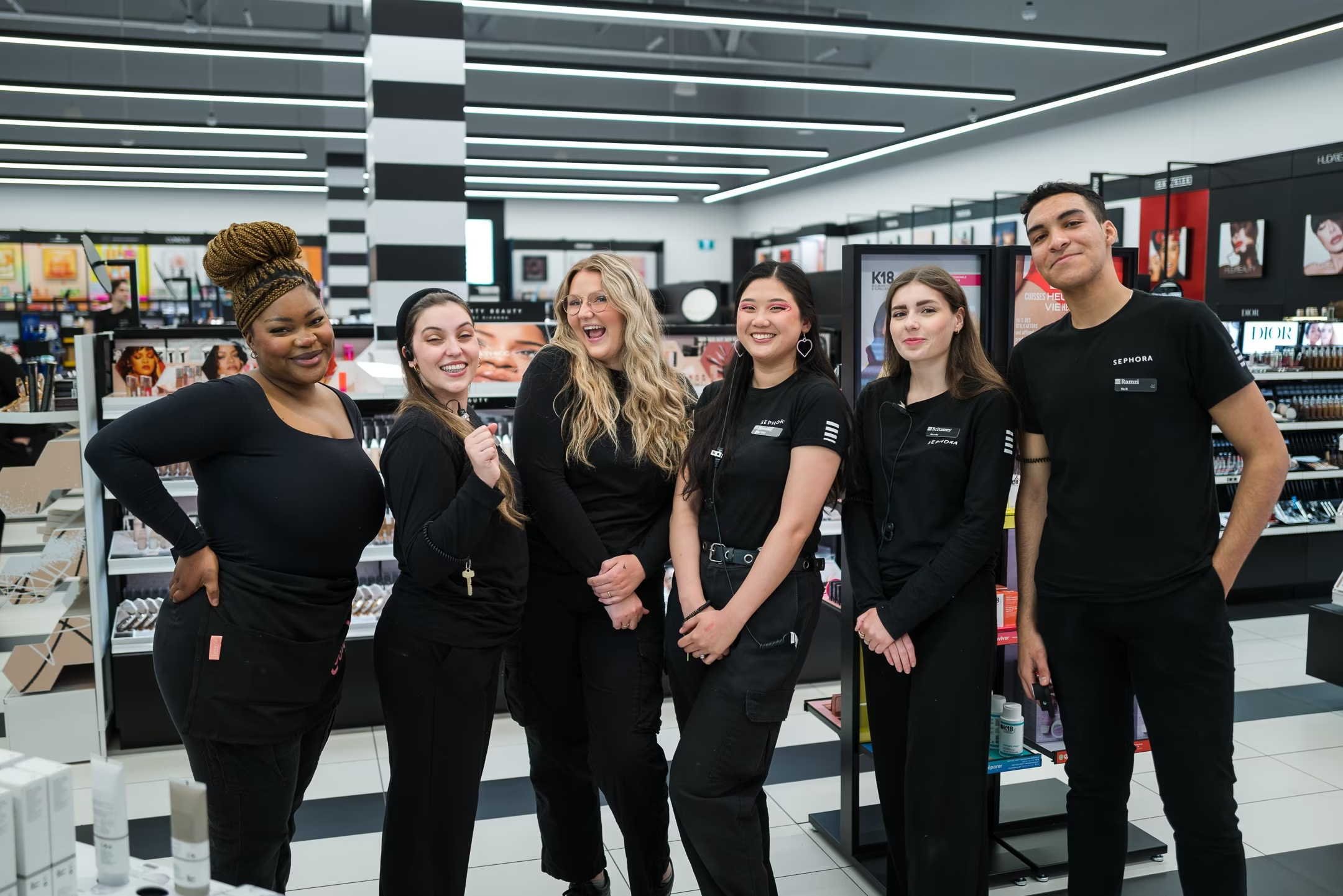
 By
Your Beauty Plug
By
Your Beauty Plug

